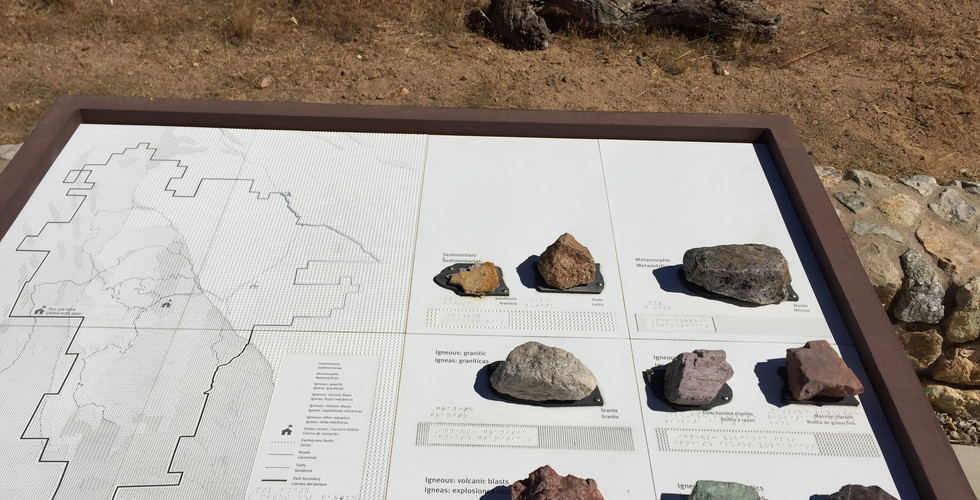The Pinnacles
- Stephanie Erickson
- Sep 17, 2017
- 3 min read
My husband and I recently took a vacation to California to celebrate our upcoming 10th anniversary. Now, my husband and I are not ones to sit by the pool and eat bon bons. We are constantly on the go trying to see as much as possible. I wanted to visit as many National Parks as we could. I have the National Parks passport book and a goal of mine is to visit all of our National Parks. I am a bit like little kid as I ask for the stamp for my passport book. I do have to say purchasing the America the Beautiful Pass is essential if you plan to hit up several National Parks in one year. I was so thankful we purchased one this year, as we definitely got our monies worth and saved a lot! The Pinnacles was the first of several National Parks that we visited.
The Pinnacles National Park is one of our nation's newest National Parks, having been designated in 2013. Previously, it was deemed a National Monument (1908). The park includes over 26,000 acres. Massive monoliths, canyons and boulder covered caves are features of the park. As two geologists on vacation, we absorbed the unique geology of California.

The park lies just 4 miles from the San Andreas fault, the intersection of the Pacific and North American plates. The Pinnacles were formed by volcanic activity in the Neenach Formation that is located approximately 195 miles to the south.
(NPS, 2017) The rocks of the Pinnacles moved from the location that they formed to there current location as the Pacific plate moved north along the fault zone.

There are six different rock types observed at the Pinnacles NP. A Breccia, which is reddish to grey in color. Breccia is formed as molten rock is explosively ejected with many fragments of "country" rock embedded into a lava or tuff matrix. Breccia dominates the High Peaks and other megalithic formations. The second is a flow-banded Rhyolite. Rhyolite is formed from a viscous fine-grained lava, which develops stretch marks, like pulling taffy as it cools. Thirdly is a Pumice Lapilli Tuff. A welded volcanic ash, made up of sand sized particles. According to the NPS website, one theory "suggests that weathering of magnesium and chromium bearing minerals produces this green color." (NPS, 2017) The Bear Gulch Nature Center is constructed of this rock. We did not make it to the east side of the park to observe this rock, unfortunately. Perlite is the fourth rock type in the park. Perlite is an opaque form of volcanic glass which cooled rapidly in water. Dacite is a light colored lava containing high proportions of quartz and feldspar. At Pinnacles it is associated with dikes. Finally, the park contains an Andesite, this is similar to the dacite, only this rock has more dark colored minerals, as opposed to the dacites high proportion of quartz and feldspar which are light colored minerals.
We choose to hike the Balconies Trail, Balconies Cliff Trail, and Balconies Cave Loop. It was a 2.4 mile round trip hike, of mostly flat terrain. The one exception was the Cliffs trail which switched back up the side of the hill for several hundred feet. The coolest part of the hike was the Balconies Cave trail is a narrow canyon which went through a huge cave with a talus roof. Rocks larger than a houseWhile it was dark, I didnt get claustrophobic at all! It was a bit of a scramble and I would recommend headlamps. We only had our iPhone flashlights which worked but headlamps would have made a few of the scrambles easier.
The Pinnacles is also one of four locations in California where bred Condors are released. The California Condor is an endangered bird and while we didn't confirm that we saw one (too far away to see the size of it), it was very cool to be in its presence.

























Comments